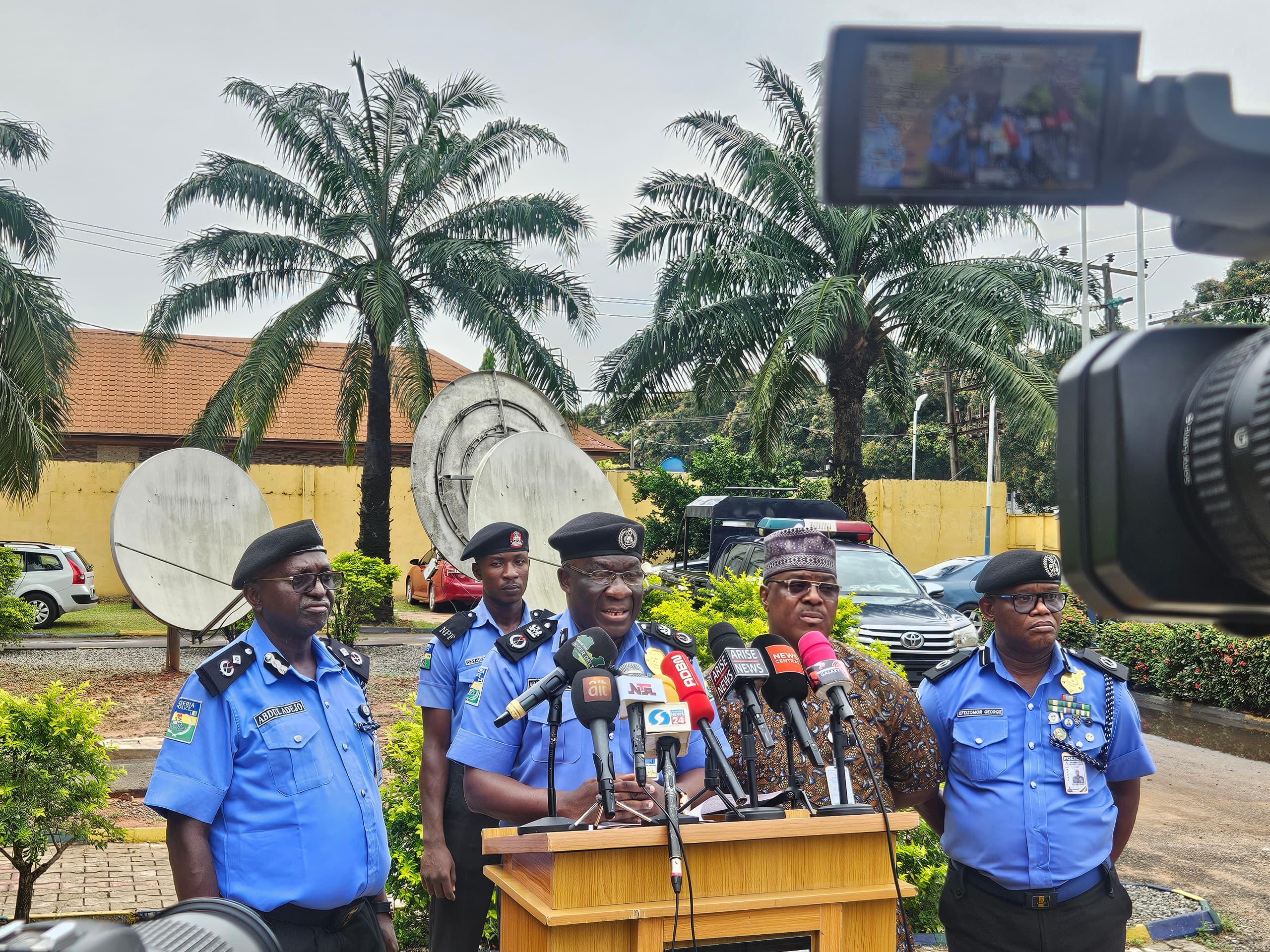The Central Bank of Nigeria (CBN) has distributed N5.7 billion to 10,000 wheat farmers in Bauchi
2 min read
The Central Bank of Nigeria (CBN) has disbursed N5.7 billion to Bauchi farmers to help them with wheat cultivation during the dry season.
Saladu Idris, the CBN Comptroller for the Bauchi branch, revealed this at the Nigerian Union of Journalists’ Secretariat (NUJ)
Dry season farming, according to the apex bank, is a relatively simple process. The CBN has noticed, however, that many of Nigeria’s flour mills have closed and overall output has slowed.
Idris explained that the apex bank has taken steps to reach out to farmers through groups, ensuring that only those who are specifically targeted benefit.
Read also: Oyerinmade’s campaign for Ondo South Senatorial seat
“Dry seasoning farming is a very simple process that anyone can do.” “The CBN has observed that all of Nigeria’s flour mills have become moribund; everything has come to a halt,” he said.
“It was noted that wheat is imported into the country, which necessitates the use of dollars, which are hard to come by.” As a result, the CBN decided to set aside some funds to give to farmers in order to encourage the cultivation of this wheat.
“Each farmer is expected to receive at least N370,000 per hectare in addition to other inputs such as seedlings, six bags of urea, four bags of NPK, a pumping machine, and a spraying machine.” All of these are distributed per hectare to a farmer.
“The Central Bank of Nigeria has set aside a total of over N5.7 billion for wheat farming in Bauchi State alone.” We’ve set aside $10,000 to help 10,000 farmers. We’ve given out to about 4,500 farmers in Bauchi State so far.”
The new seedlings, according to Idris, were brought in from Mexico and have a shorter cultivation time than the local seedlings, which take longer.
“The Mexicans arrived in Bauchi about three weeks ago and were taken on a tour of the state’s 20 local government areas, where they saw the areas that would be used for cultivation.”







